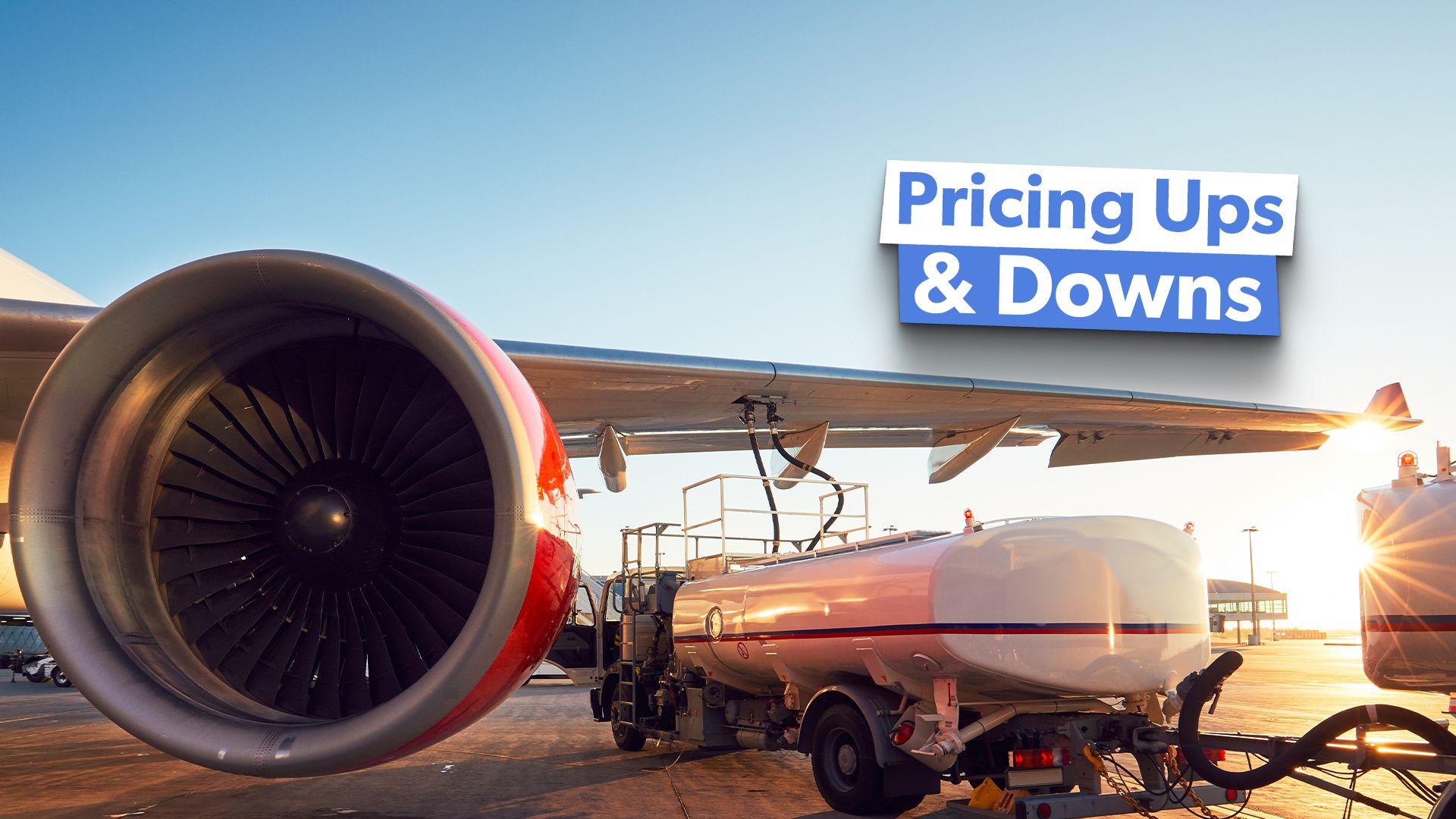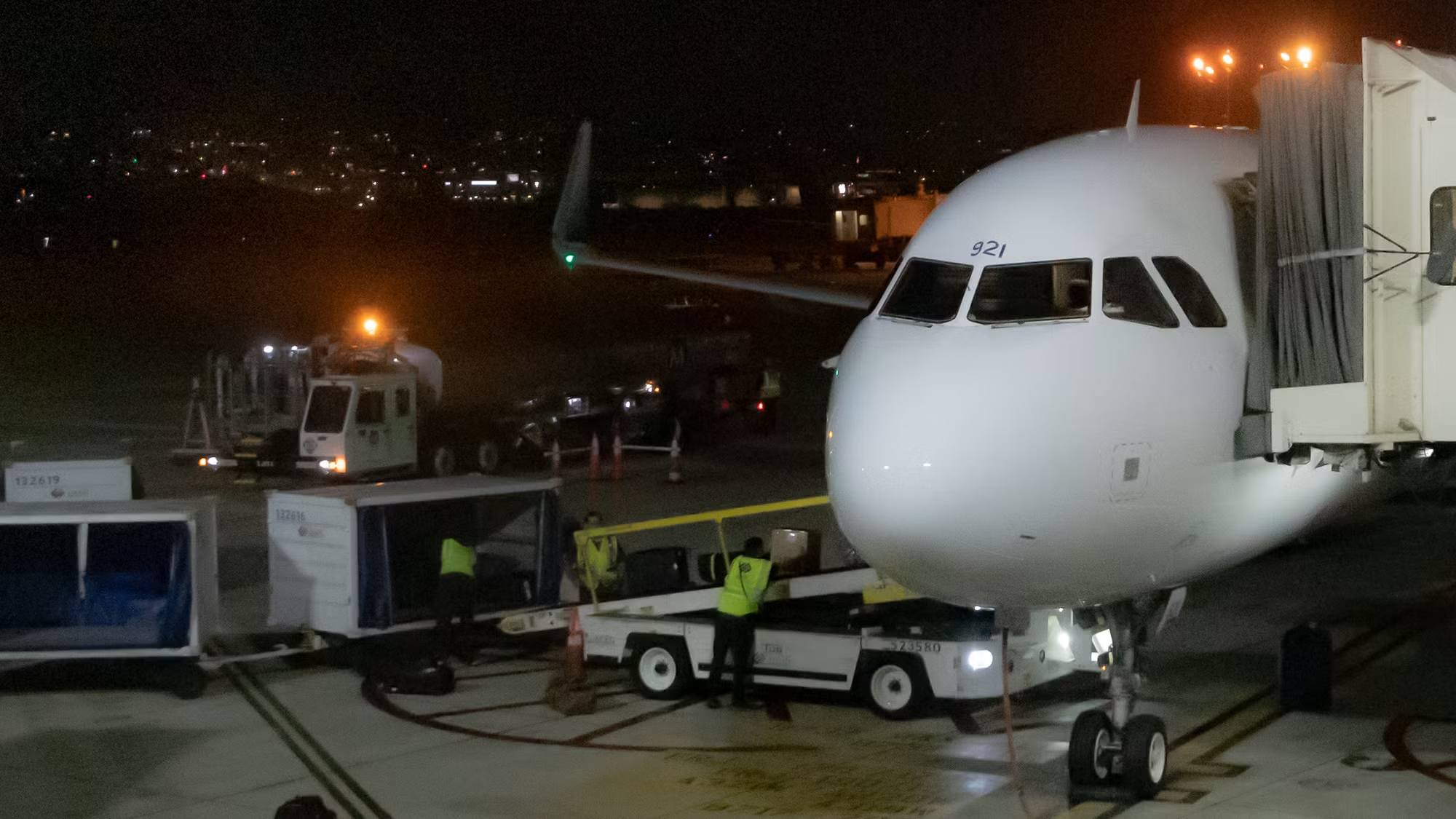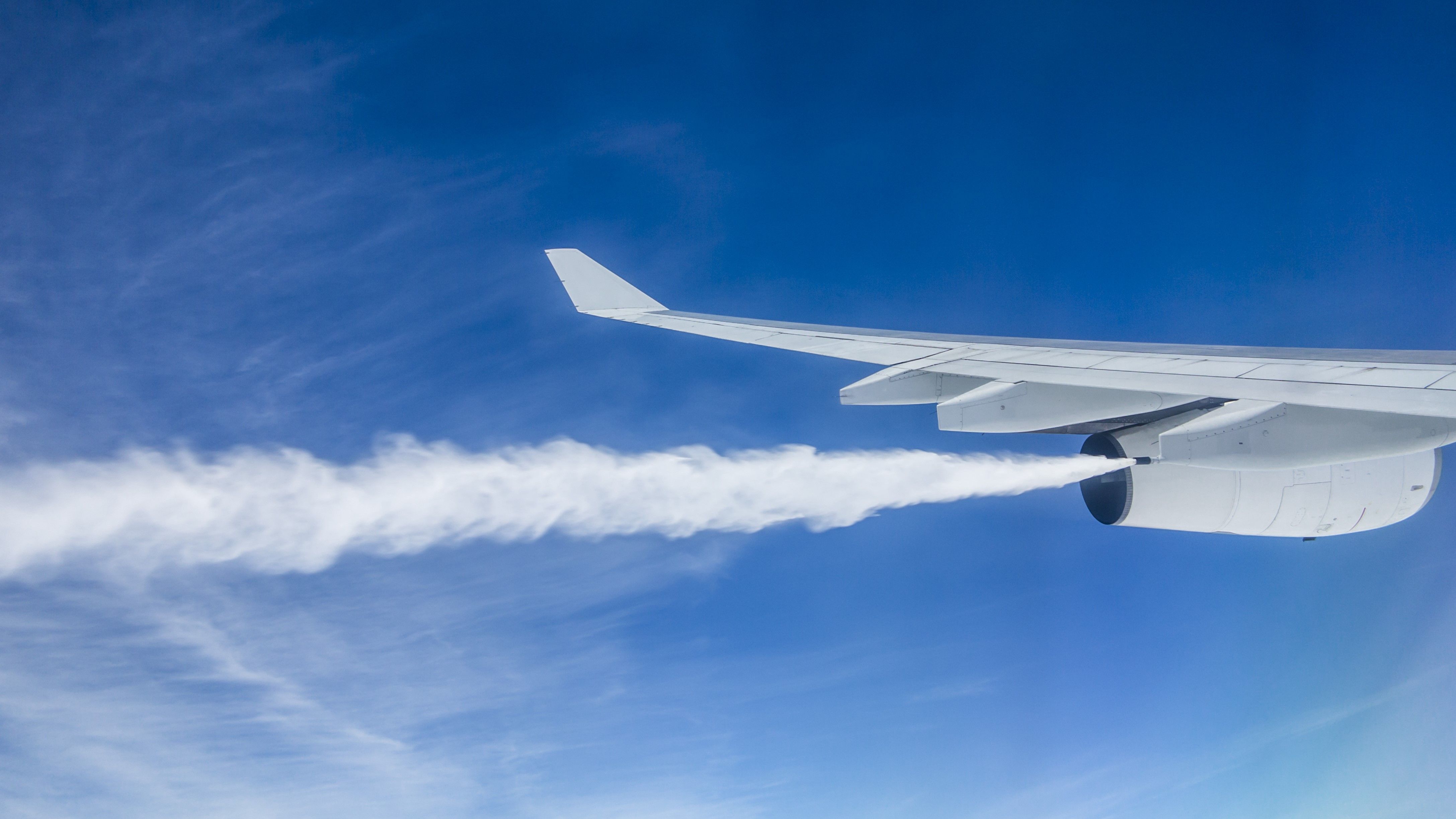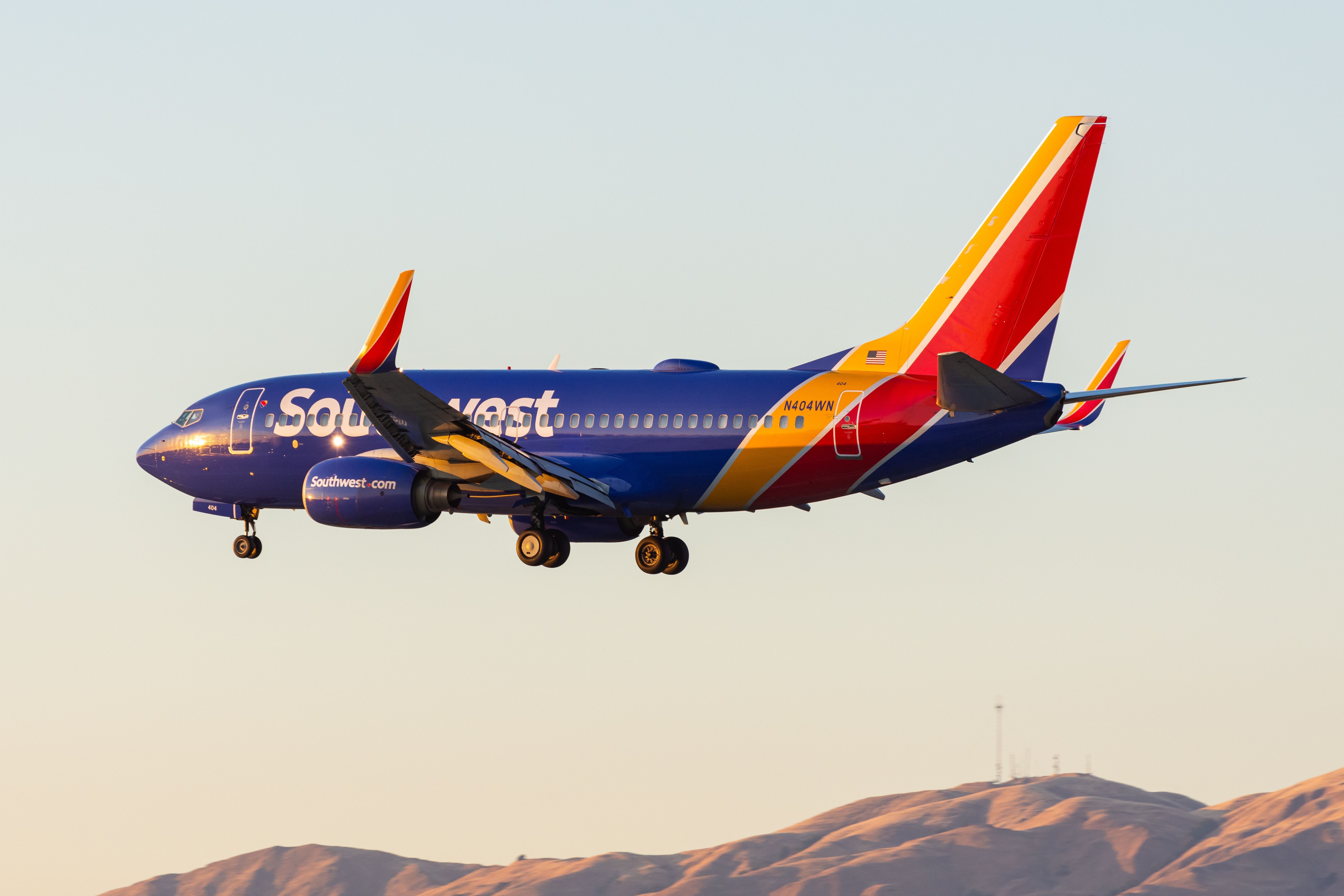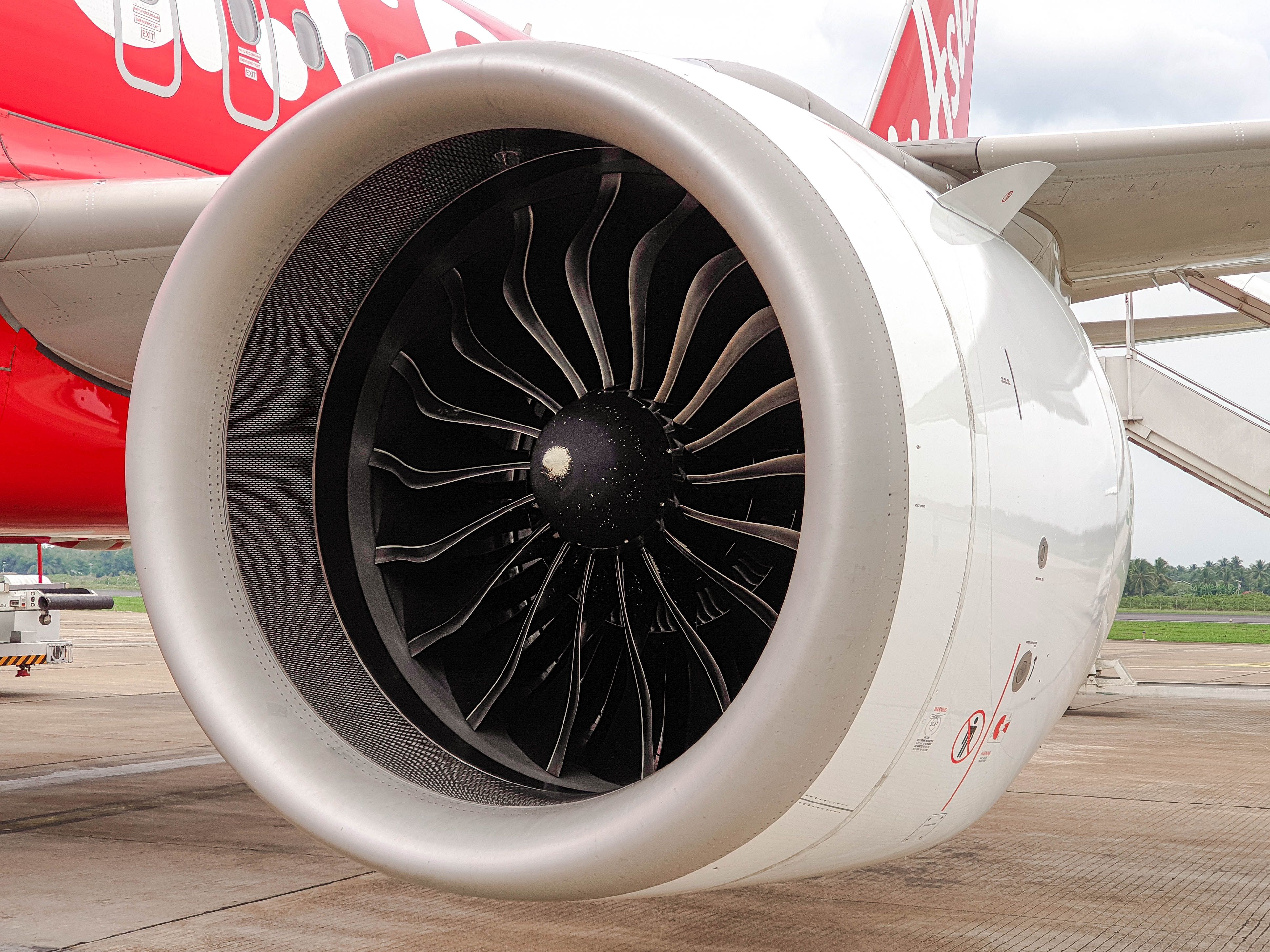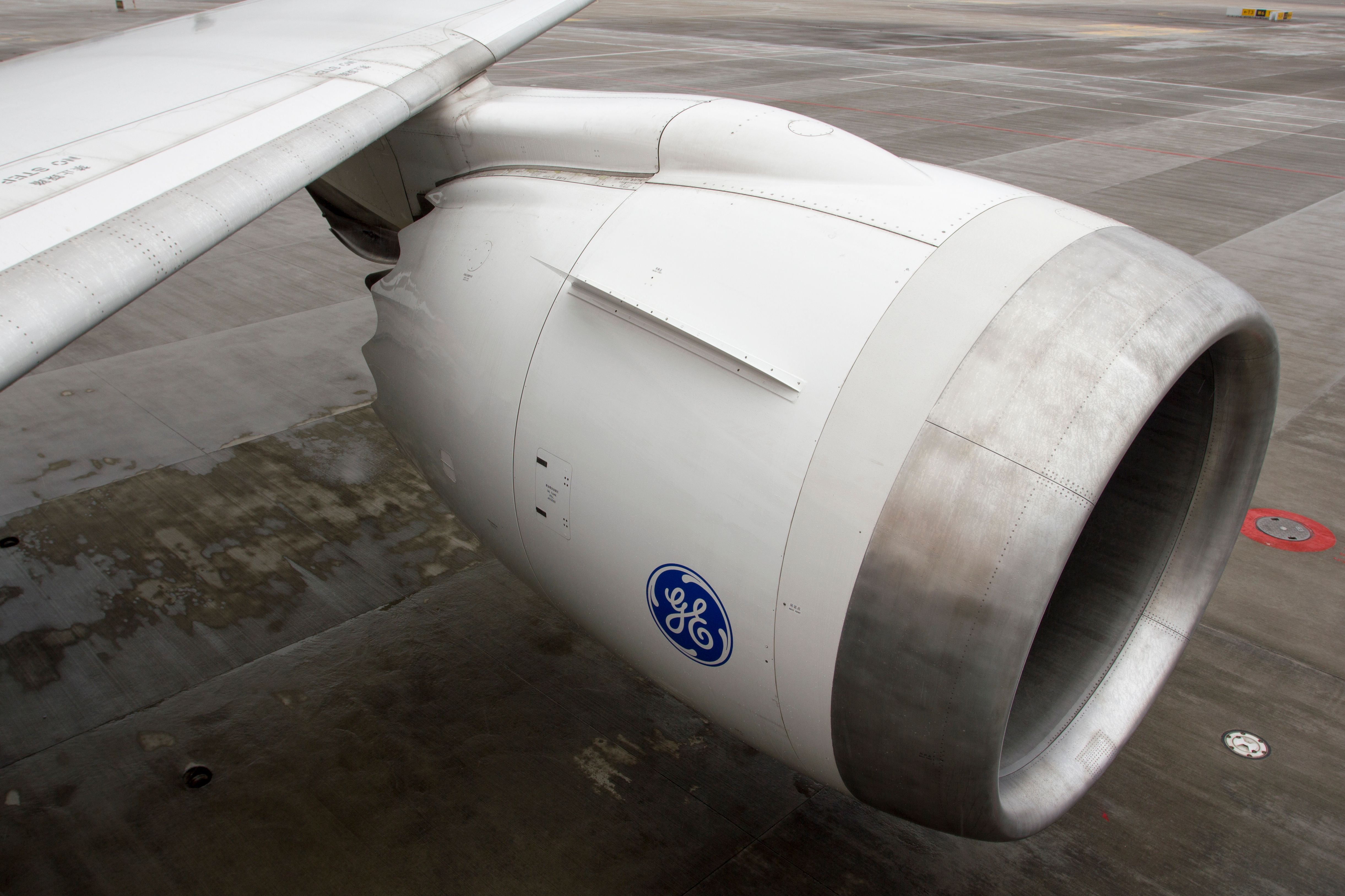Quick Links
As previously discussed on Simple Flying, the largest operational expense that airlines face is the cost of fuel
which, depending on the year, typically accounts for somewhere between 20% and 30% of their total operational expenses. This poses a serious challenge for airlines, which must be prepared to handle periods of rising fuel prices, and, as individual carriers are such a small part of the global energy demand picture, they have little ability to influence market prices.
As a result, airlines engage in the fascinating practice of fuel hedging, in which airline market analysts carefully monitor fuel prices to determine the best pathway forward to prevent them from being ambushed by rising prices. As airlines are notoriously low-margin industries, many of which operate with razor-thin profit margins, the potential negative impacts of a simple 15-20% rise in a carrier’s fuel expenses could have disastrous consequences for the airline’s financial performance.
Fuel hedging is essential for maintaining strong financial performance
Airlines employ many tactics to hedge their exposure to high fuel prices, some of which are more effective than others. However, at the end of the day, hedging tactics can only be effective for so long before increased global fuel prices begin to have an impact on airline costs, which will subsequently be passed along to the consumer in the form of higher ticket prices.
Photo: AvgeekJoe Productions
Airfare is an extremely elastic good, with analyses from economists indicating that consumers are very responsive to price increases and that such rises in ticket prices have a significant impact on passenger demand. Therefore, airlines need to be very careful when they are deciding whether to raise prices on a given route, as doing so to compensate for higher fuel prices can be dangerous.
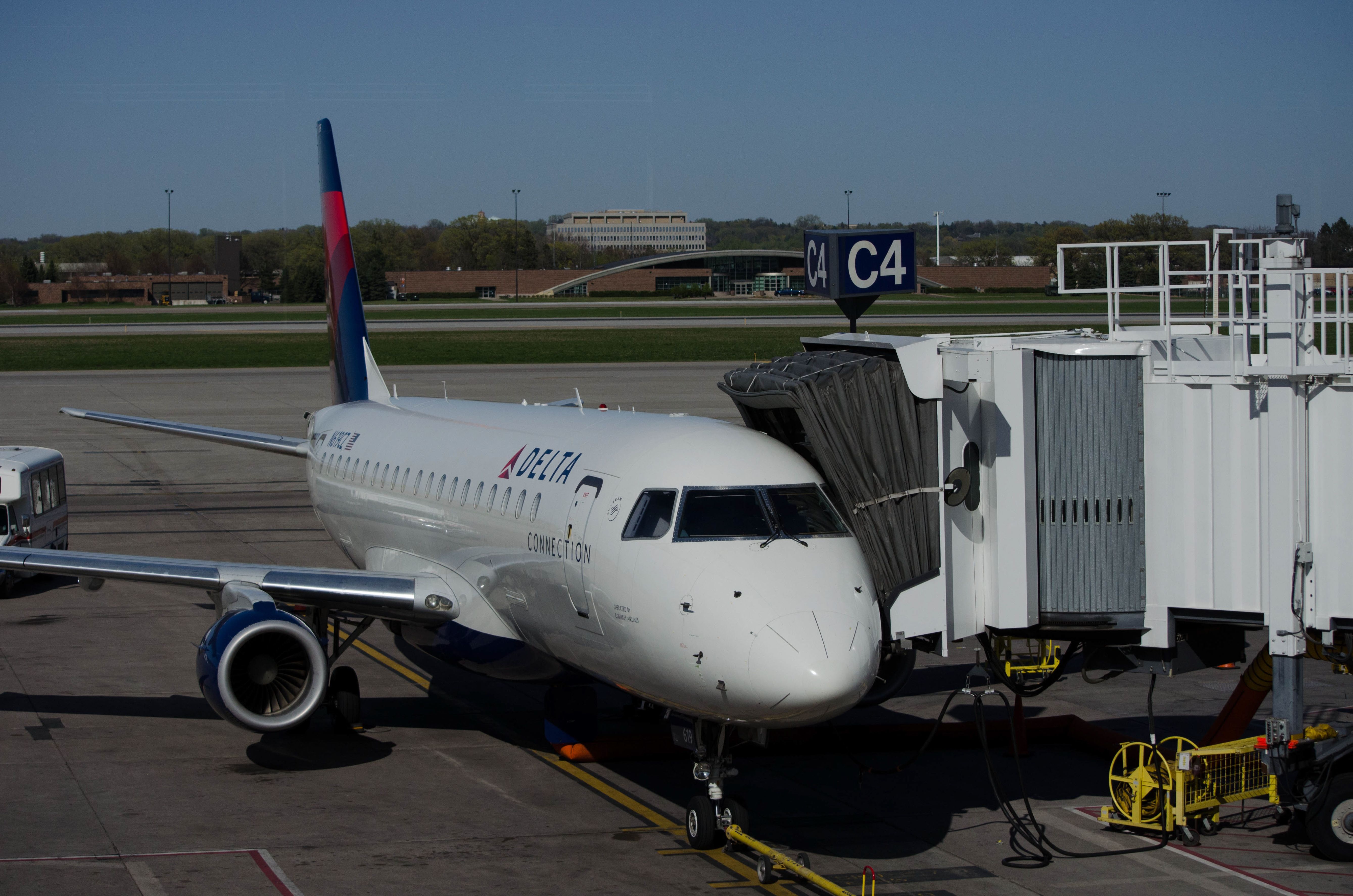
Related
New $5 Billion SAF Facility Aims To Supply MSP Airport With 100 Million Gallons By 2030
The plant’s location has been revealed as the city of Moorhead, Minnesota.
Therefore, fuel hedging is an essential part of any airline business strategy. Let’s take a deeper look at strategies that airlines use to hedge against fuel price increases.
Photo: hbpro | Shutterstock
Financial instruments are most commonly used to hedge prices, but they come along with their own risks
The classical form of fuel hedging involves the use of options to balance risk exposure to rising fuel prices. In theory, an airline could wait for a time in which fuel prices fall to low levels to purchase large amounts of fuel in bulk. However, this would require the airline to maintain infrastructure to store large amounts of fuel or pay someone else to store it.
Photo: Minh K Tran | Shutterstock
As a result, airlines, like many other companies in the transportation industry, turn to futures contracts, according to a breakdown from Investopedia. At their root, futures contracts are agreements between buyers and sellers for prices in the future. For example, if an airline believes that fuel prices are set to rise next year, they might buy a futures contract that allows them to purchase fuel at a lower price.
These futures contracts provide airlines with insurance, allowing them to purchase fuel at certain prices even in the event of market volatility, while also providing suppliers with certainty in terms of how much they will be paid for their fuel in the future. Airlines can hold futures contracts the way they would any other asset, and can sell them or exchange them if they find another deal on the market.
Photo: Alexiushan | Shutterstock
Options contracts are also often used to hedge against prices
Industry players will also often use options contracts to hedge against shifting fuel prices. Options are another financial instrument that can be used by airlines, and they come in two forms. Call options require a purchaser to pay a premium now (think of this as a sale price for the option), one which gives them the right to buy a commodity at a given price should prices rise.
Photo: Tada Images | Shutterstock
The second kind of option, a put option, gives airlines the right to sell a commodity at a given price if prices tank. This allows airlines to buy large amounts of fuel without worrying about overspending if prices fall. According to Embry-Riddle Aeronautical University, most airlines use a combination of futures and options for fuel hedging.
Sometimes, there is an even more out-there option for airlines
Sometimes, airlines have even more unique ways to hedge their fuel risk. Middle Eastern carriers are known to purchase discounted fuel in bulk from their oil-rich governments. However, this is not a realistic option for most Western airlines.
One carrier that was willing to take an extra step towards freedom from variations in oil prices was ![]() Delta Air Lines
Delta Air Lines
when it purchased its own refinery in Pennsylvania. According to Airline Weekly, Delta was able to use the refinery, which it first purchased in 2012, to save itself around 20 cents per gallon on its fuel expenses when the conflict in Ukraine shot jet fuel prices skyward.
Fuel hedging does come along with some risks
Investing in fuel hedging strategies comes along with an inherent level of risk itself. Purchasing futures or options contracts can be expensive, and, just like any insurance technique, comes along with high costs. If one purchases numerous call options, but then the price of fuel does not rise and these options are never executed, an airline will have essentially just lost a bunch of money on nothing.
-N732AN.jpg)
Related
United States Aviation Fuel Prices Drop 1.2% From September
Fuel prices fall as usage continues to increase month on month.
Even Delta’s refinery has had mixed performance over the years, likely stemming from the fact that the airline does not have a reputation in the energy industry. At the end of the day, carriers with deeper pockets will be more willing to spend on these hedging techniques, while those with less money to burn will just have to hope fuel prices stay low.

